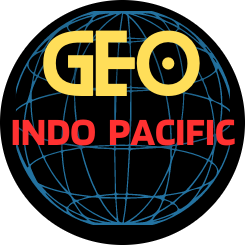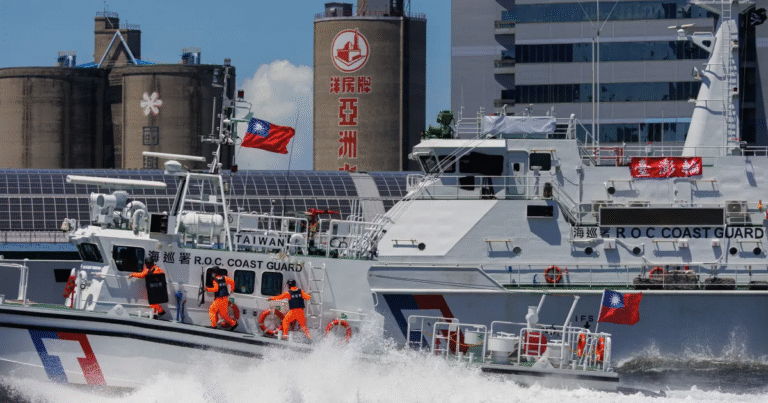
Allies and Partners are intensifying efforts to secure critical mineral supply chains as China expands its export restrictions on commodities essential for next-generation defense technologies and semiconductors.
Beijing’s December 2024 ban on exports of gallium, germanium and antimony to the United States marked a dramatic escalation in resource weaponization, echoing its 2010 embargo on rare earth exports to Japan. China’s latest punitive move reinforced urgency among like-minded nations to develop supply chains.
“The sooner alternatives are developed, the better,” Dr. Fabian Villalobos, a senior engineer at the U.S.-based Rand Corp. think tank, told FORUM.
Gallium nitride and related compounds are used in technologies such as radar systems, 5G communications and other optoelectronic devices that underpin modern defense platforms. “They’re vital,” Villalobos said.
Nations including Australia, India, Japan, South Korea and the U.S. are aligning economic and security strategies to mitigate the risks of overdependence on China. Central to the efforts are initiatives such as the Semiconductor Supply Chain Initiative and the Indo-Pacific Logistics Network (IPLN), which were launched by the Quadrilateral Security Dialogue, or Quad. The IPLN seeks to enhance logistics interoperability among the Quad members — Australia, India, Japan and the U.S. — while supporting critical supply continuity during natural disasters and other emergencies, the U.S. Defense Department stated.
Australia’s large mineral deposits position it as a cornerstone of the Quad’s diversification efforts. The New Delhi-based Centre for Social and Economic Progress recently highlighted Australia-India cooperation on rare earth projects, including joint ventures in lithium and cobalt.
The U.S. Export-Import Bank’s Supply Chain Resiliency Initiative, announced in May 2025, facilitates the financing of overseas mining and processing operations tied to long-term agreements with U.S. firms. The investments prioritize projects outside China’s influence and are designed to accelerate the construction of non-Chinese supply nodes through flexible loan structures.
Meanwhile, multilateral forums such as the Indo-Pacific Economic Framework for Prosperity and AUKUS, a security partnership among Australia, the United Kingdom and the U.S., are fostering integration on trade and technology development. Japan, South Korea and the U.S. collaborated on an early warning system that tracks disruptions in mineral trade flow, Villalobos said.
Efforts are focused on linking production with distribution and improving midstream infrastructure. Such initiatives can counter challenges such as Beijing’s export crackdown by building resilience and maintaining a technological edge in an increasingly contested region.





